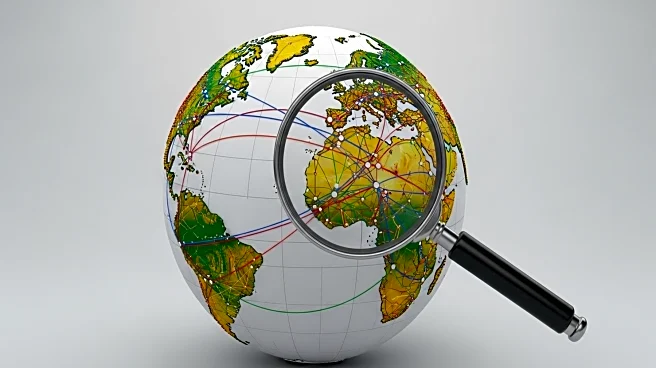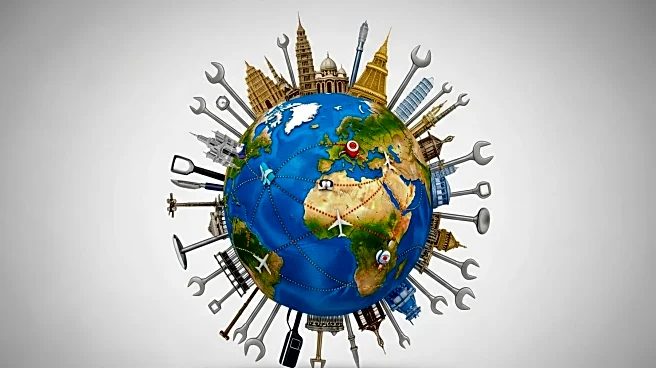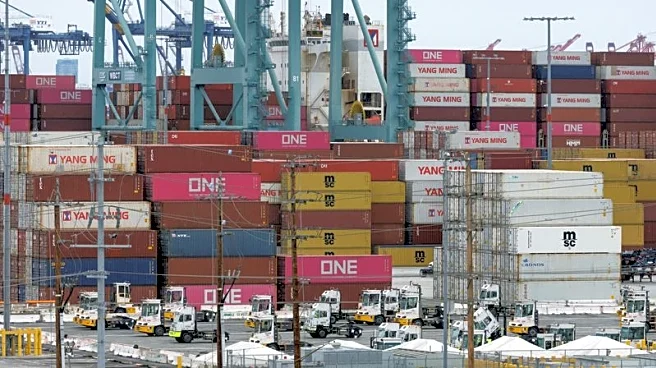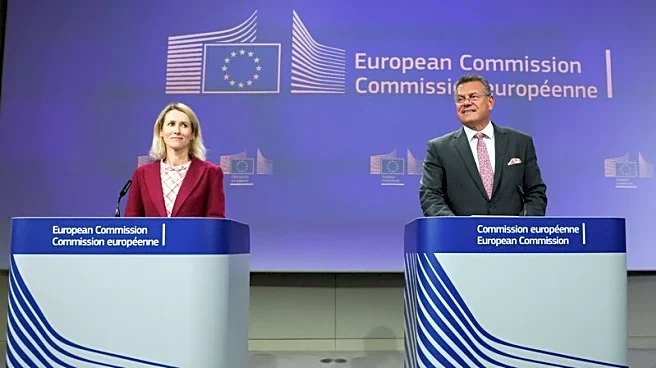What's Happening?
The World Travel & Tourism Council (WTTC) has released a report titled 'Future of the Travel & Tourism Workforce,' highlighting a potential workforce shortfall of over 43 million in the travel and tourism sector by 2035. The report, unveiled at the WTTC's 25th Global Summit in Rome, projects that the sector will support 91 million new jobs by 2035. However, it warns that if current trends continue without intervention, there will be a significant labor shortage. The report identifies major economies such as China, India, and the European Union as facing the largest absolute gaps in workforce supply. The hospitality industry, in particular, is expected to face a gap of 8.6 million workers, with low-skilled roles remaining in high demand.
Why It's Important?
The projected workforce shortfall in the travel and tourism sector could have significant implications for global economic growth and job creation. As the sector is expected to generate one in every three net new jobs worldwide over the next decade, addressing this labor shortage is crucial for sustaining economic prosperity. The shortage could impact major economies, with China, India, and the European Union facing substantial gaps. The hospitality industry, which relies heavily on human interaction, may struggle to meet staffing needs, affecting service quality and business operations. The WTTC emphasizes the need for collaboration among governments, educators, and industry to bridge the workforce gap and unlock potential in various countries.
What's Next?
To address the workforce challenges, the WTTC report outlines several strategies, including inspiring young people by showcasing diverse career opportunities, strengthening collaboration between educators and the industry, enhancing retention through leadership development, and investing in digital literacy and sustainable practices. The report calls for flexible policies to manage workforce demand, such as reducing barriers to international recruitment and combining part-time roles into full-time positions. Collaboration between governments, stakeholders, and educational institutions is essential for proactive planning and investment to drive global prosperity and innovation in the travel and tourism sector.
Beyond the Headlines
The workforce shortfall in the travel and tourism sector highlights broader demographic and structural changes affecting global labor markets. As the sector adapts to these changes, there is an opportunity to implement inclusive workplace cultures and leadership development programs that can enhance employee retention and satisfaction. Additionally, investing in digital literacy and AI adoption can prepare workers for future demands, ensuring the sector remains competitive and innovative. Addressing these challenges requires a collective effort from governments, industry leaders, and educational institutions to create a future-ready workforce.











